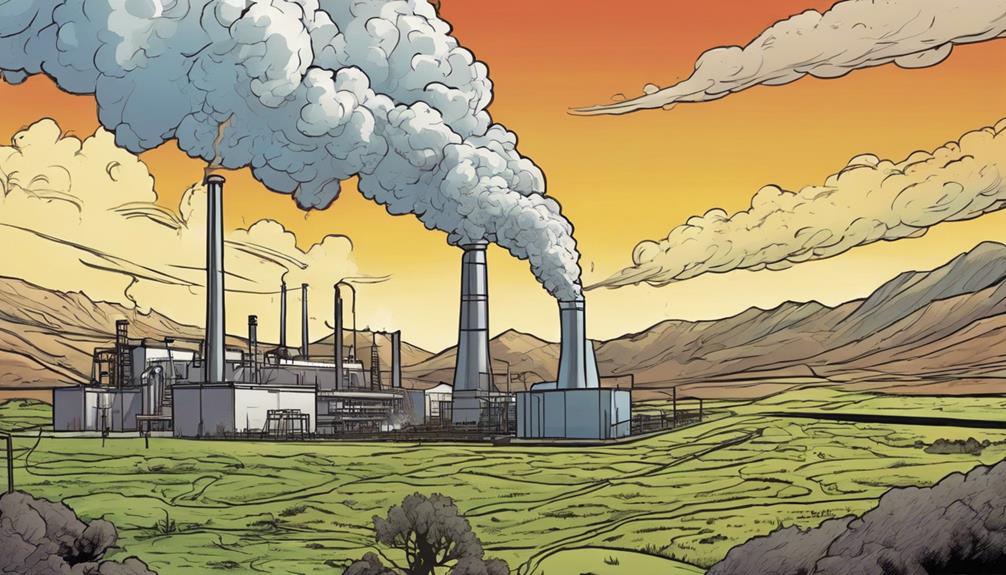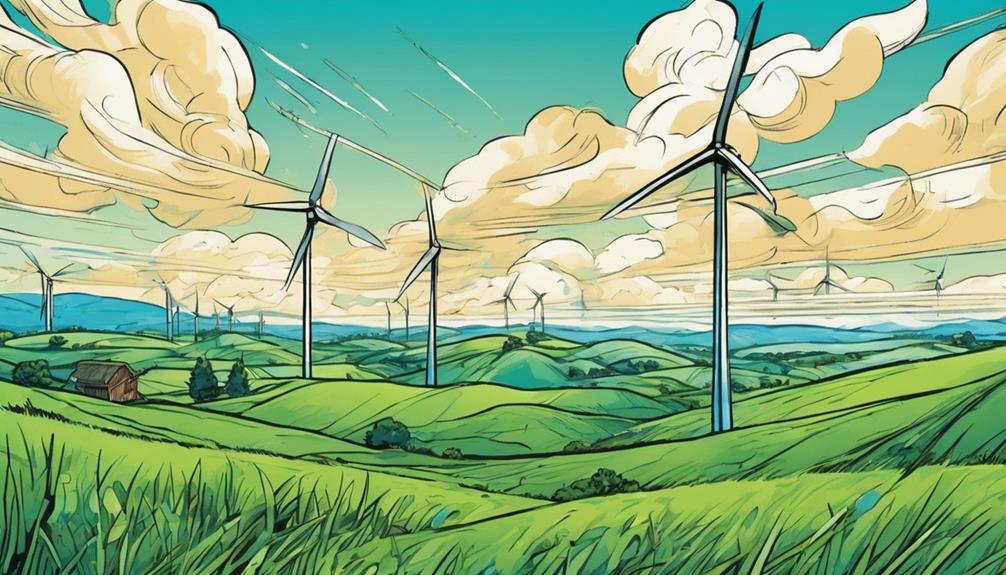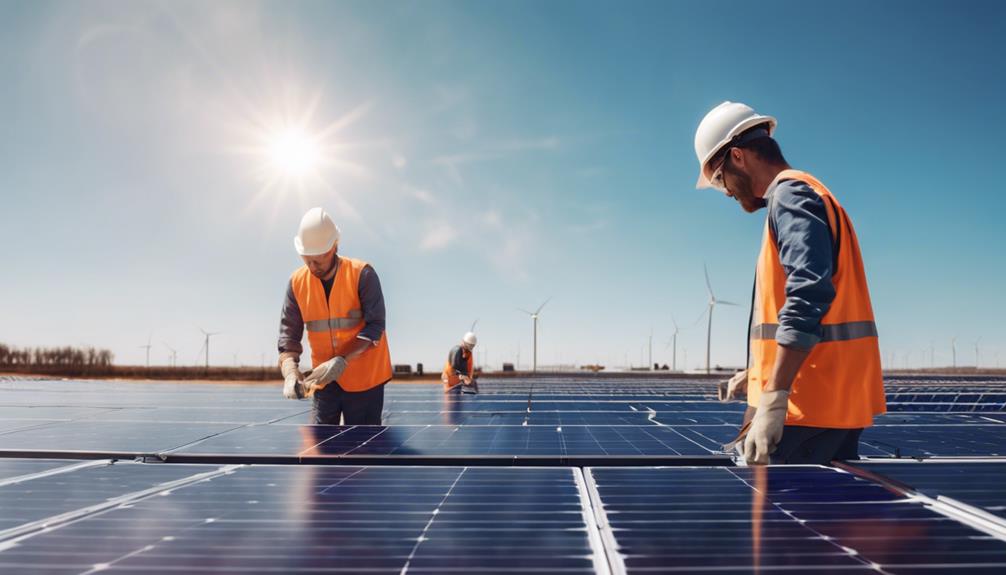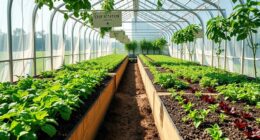I've discovered that innovative incentives are revolutionizing the solar farm industry, driving success through increased adoption, improved efficiency, and reduced costs. By understanding the complexities of subsidies and advancing renewable energy growth, solar farms can overcome challenges and thrive. As I explore the world of solar energy, I'm enthusiastic to learn more about how empowering student participation and maximizing panel efficiency can further boost success. The future of sustainable energy looks bright, and I'm keen to uncover more about the incentives that are paving the way.
Key Takeaways
- Innovative incentives, such as performance-based rewards, drive solar farm growth by encouraging increased electricity production.
- Streamlined application processes and clear eligibility criteria simplify the path to securing subsidies for solar farms.
- Advancements in solar technology have improved efficiency and cost-effectiveness, making solar farms more viable with incentives.
- Policymakers must explore and implement more incentives to stimulate investment in solar farms and promote a sustainable future.
- By tackling subsidy complexities and leveraging innovative incentives, solar farms can maximize returns on investment and drive renewable energy growth.
Unlocking Solar Farm Potential
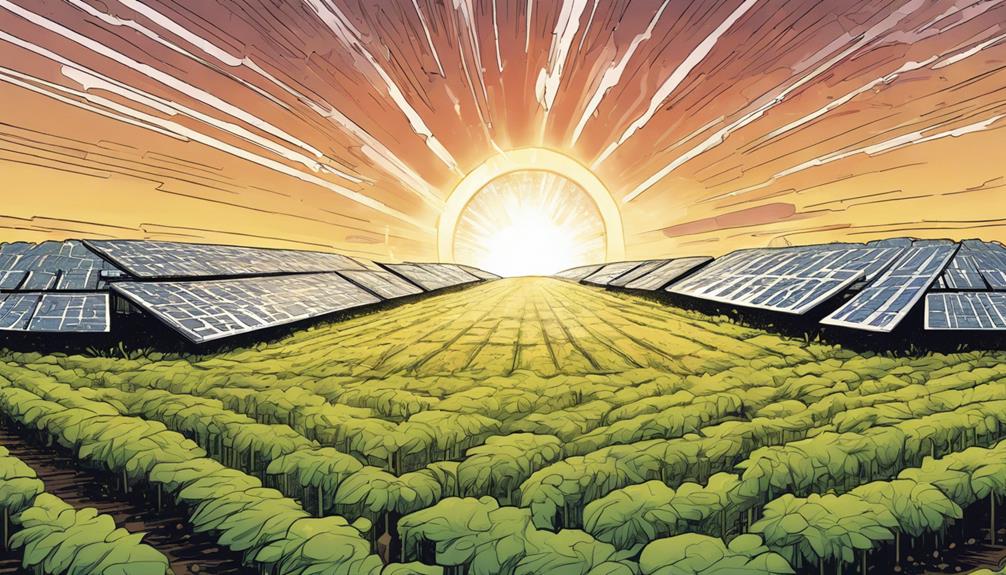
Solar farms have become a popular way to generate renewable energy. They are large-scale installations of solar panels that convert sunlight into electricity. By harnessing the power of the sun, solar farms can produce clean energy and help reduce greenhouse gas emissions. In recent years, advancements in solar technology have made these farms more efficient and cost-effective. As a result, many countries around the world are investing in solar farms as part of their efforts to transition to a more sustainable energy future.
Solar farms have the potential to play a significant role in meeting the growing demand for electricity. They can be built in a variety of locations, from open fields to rooftops, making them a versatile energy solution. In addition to providing clean energy, solar farms can also create jobs and stimulate economic development in the communities where they are located. As the cost of solar technology continues to decline, solar farms are becoming an increasingly attractive option for meeting energy needs in both developed and developing countries.
Navigating Subsidy Complexities

As I explore the intricacies of solar farm subsidies, it becomes clear that understanding the complexities of these incentives is important to unlock their full potential.
Tackling the subsidy landscape can be challenging, but it's necessary to maximize returns on investment.
To succeed, I need to:
- Familiarize myself with eligibility criteria and requirements for subsidies
- Be prepared for a detailed application process and submission of project plans
- Stay organized to meet deadlines for application submissions
Advancing Renewable Energy Growth

By understanding the innovative incentives and advancements in solar farm subsidies, I can explore new opportunities to drive the growth of renewable energy and reduce our reliance on fossil fuels.
As I investigate the world of solar energy, I'm excited to learn about performance-based incentives that reward solar farms for their electricity production. These advancements make it easier for solar farms to access incentives, encouraging the optimization of systems to maximize energy output.
I believe that policymakers need to continue exploring innovative incentives for solar farms, streamlining application processes and promoting the expansion of clean energy. By doing so, we can create a sustainable future and reduce our carbon footprint.
Solar Energy Challenges Ahead

Despite the promising advancements in solar farm subsidies, I'm acutely aware that the growth of solar energy faces several challenges. One of the primary concerns is the intermittent nature of solar power, as panels only generate electricity when the sun is shining. This limitation makes it difficult to rely solely on solar energy to meet our power needs.
Some of the key challenges ahead include:
- High upfront costs and maintenance expenses for solar installations
- Limited access to resources and funding for solar projects
- Resistance from stakeholders to integrate solar energy into existing infrastructure
These challenges underscore the need for continued innovation and investment in solar energy technology to drive growth and adoption. By acknowledging and addressing these challenges, we can work towards a more sustainable energy future.
Empowering Student Participation
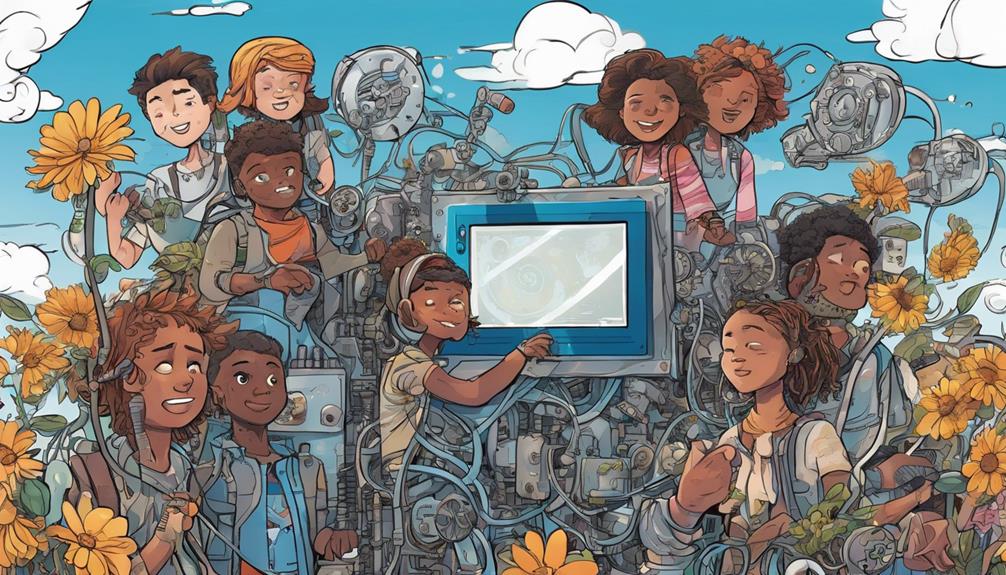
One essential aspect of driving sustainable energy adoption is empowering students to take an active role in promoting renewable energy awareness. As a student, I've seen firsthand the impact we can have when we come together to create positive environmental change.
By organizing events, workshops, and hands-on projects, we can educate our peers and community about the importance of solar energy. I've been inspired by the enthusiasm and creativity of my fellow students as we work together to raise awareness about sustainability.
Maximizing Panel Efficiency

As I delve into the realm of solar energy, I'm struck by the pivotal role that maximizing panel efficiency plays in harnessing the sun's power. It's remarkable how much of a difference it can make in generating electricity.
To get the most out of solar panels, it's essential to assess several key factors.
- Sunlight and efficiency: The amount of sunlight received and the solar panel's efficiency rating directly impact energy generation.
- Cost and maintenance: Evaluating costs and maintenance needs helps determine the ideal number of solar panels required.
- Best placement: Understanding the sun's path and analyzing shading factors ensure optimal panel placement for maximum energy output.
Incentivizing Sustainable Futures
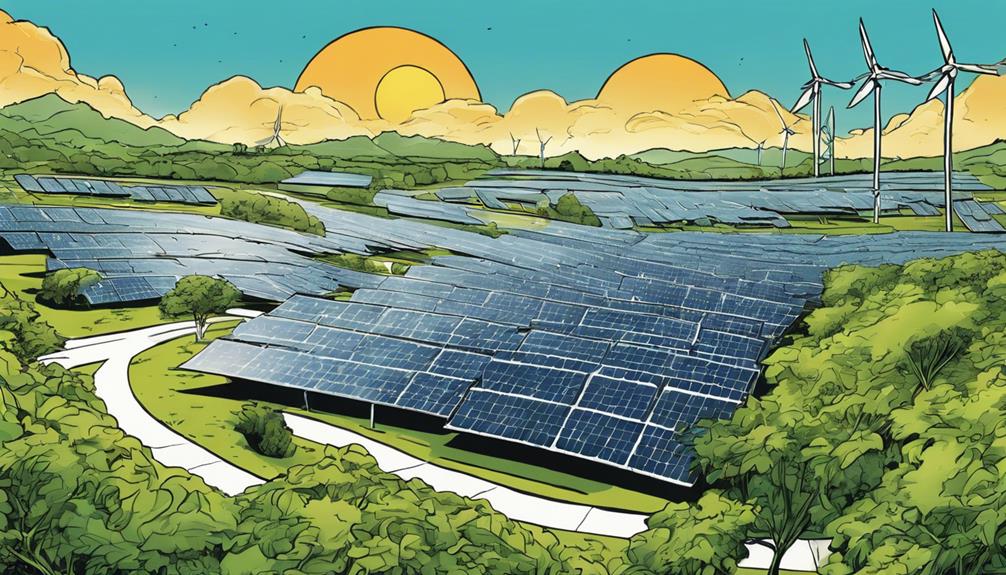
I'm excited to explore how innovative incentives can accelerate the adoption of solar energy and drive a sustainable future. As we've seen, solar farm subsidies play a pivotal role in promoting renewable energy growth. But it's not just about the incentives themselves – it's about creating a culture of sustainability that inspires action.
| Incentive Type | Benefits | Impact |
|---|---|---|
| Performance-based incentives | Rewards efficiency and productivity | Drives innovation and optimization |
| Tax credits | Reduces upfront costs | Increases adoption rates |
| Rebates | Offers direct financial relief | Encourages widespread deployment |
Optimizing Energy Output

By leveraging advanced technologies and data analysis, solar farm operators can boost energy output and maximize returns on investment.
As I explore the world of solar energy, I've found that optimizing energy output is vital for success.
Here are some key takeaways:
- Efficiency ratings matter: Higher efficiency ratings mean more electricity generation, so it's crucial to select the appropriate solar panels for your farm.
- Analyze your bills: Understanding your energy consumption patterns and net metering can help you calculate your energy savings and pinpoint areas for improvement.
- Maximize sunlight exposure: Evaluating shading factors, panel placement, and sunlight duration can significantly influence your energy output.
Frequently Asked Questions
How Do Policymakers Balance Subsidy Allocation With Budget Constraints?
"As a policymaker, I balance subsidy allocation with budget constraints by prioritizing high-impact projects, phasing incentives, and exploring innovative financing models to maximize returns while minimizing costs."
What Role Do Community Engagement Initiatives Play in Solar Farm Acceptance?
As I explore community engagement initiatives, I realize they play an essential role in solar farm acceptance by educating locals about benefits, addressing concerns, and fostering a sense of ownership, ultimately driving project success.
Can Solar Farms Operate Effectively in Areas With Frequent Natural Disasters?
As I ponder the resilience of solar farms, I coincidentally recall a recent storm that hit my hometown, prompting me to wonder if these eco-friendly powerhouses can indeed thrive in disaster-prone areas, and the answer is a resounding yes, with careful planning and design.
How Do Energy Storage Advancements Impact Solar Farm Viability?
'I've found that energy storage advancements greatly enhance solar farm viability by stabilizing output, addressing intermittency concerns, and enabling farms to supply electricity during peak demand periods, even when the sun isn't shining.'
What Measures Ensure Long-Term Environmental Sustainability of Solar Farms?
"As I dig deeper, I realize that ensuring long-term environmental sustainability of solar farms requires careful planning, regular maintenance, and adherence to regulations, all of which help 'separate the wheat from the chaff' and guarantee a greener future."
Conclusion
As I reflect on the impact of innovative incentives on solar farms, I'm struck by the stark contrast between a fossil fuel-driven past and a sustainable future.
The old way of relying on subsidies is giving way to performance-based incentives that drive efficiency and optimize energy output.
The result? A cleaner, greener tomorrow that's within our grasp.



